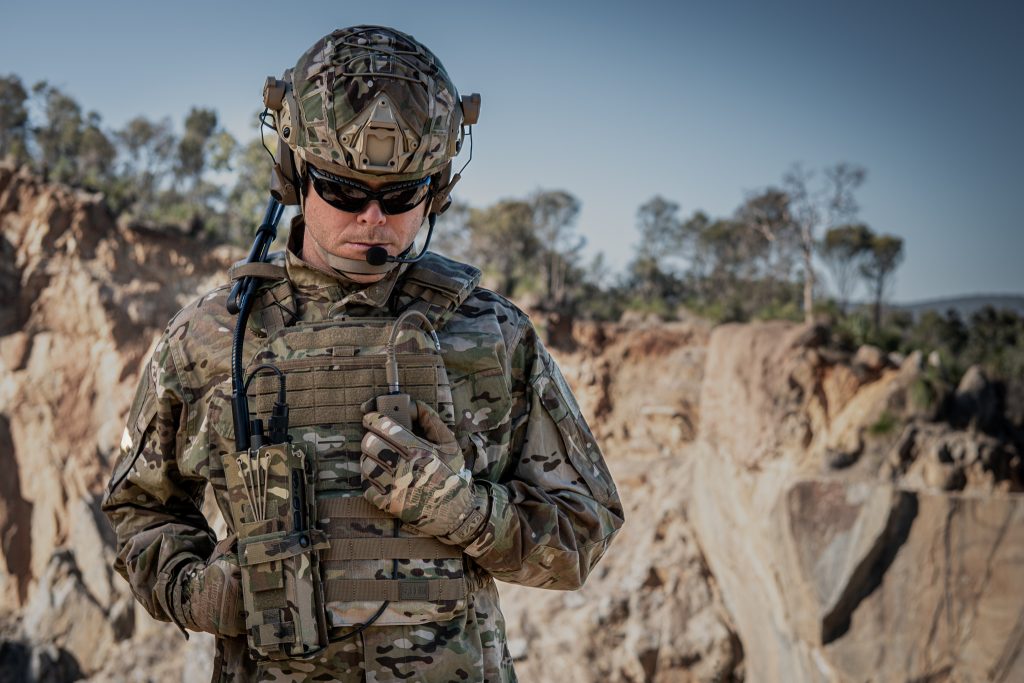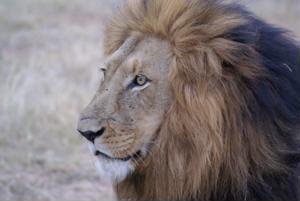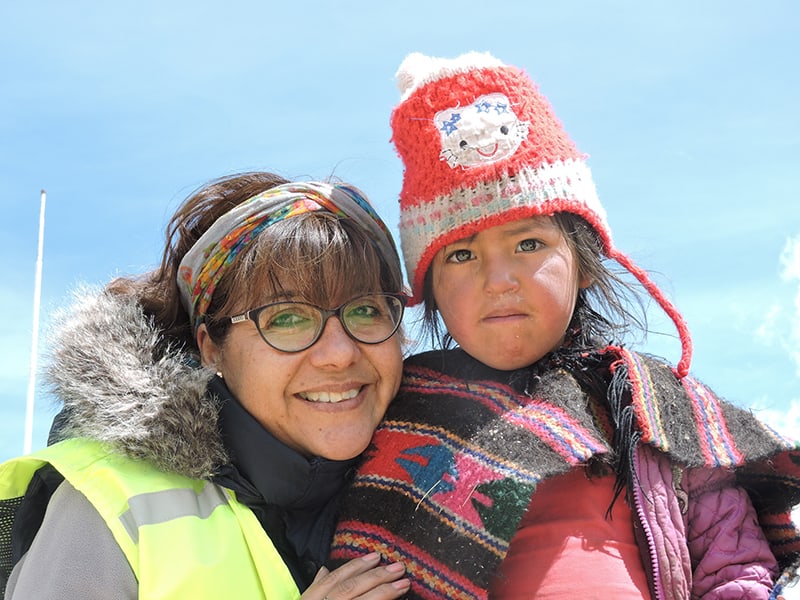How high-tech HF radios are boosting Tobago’s disaster communications networks
How high-tech HF radios are boosting Tobago’s disaster communications networks
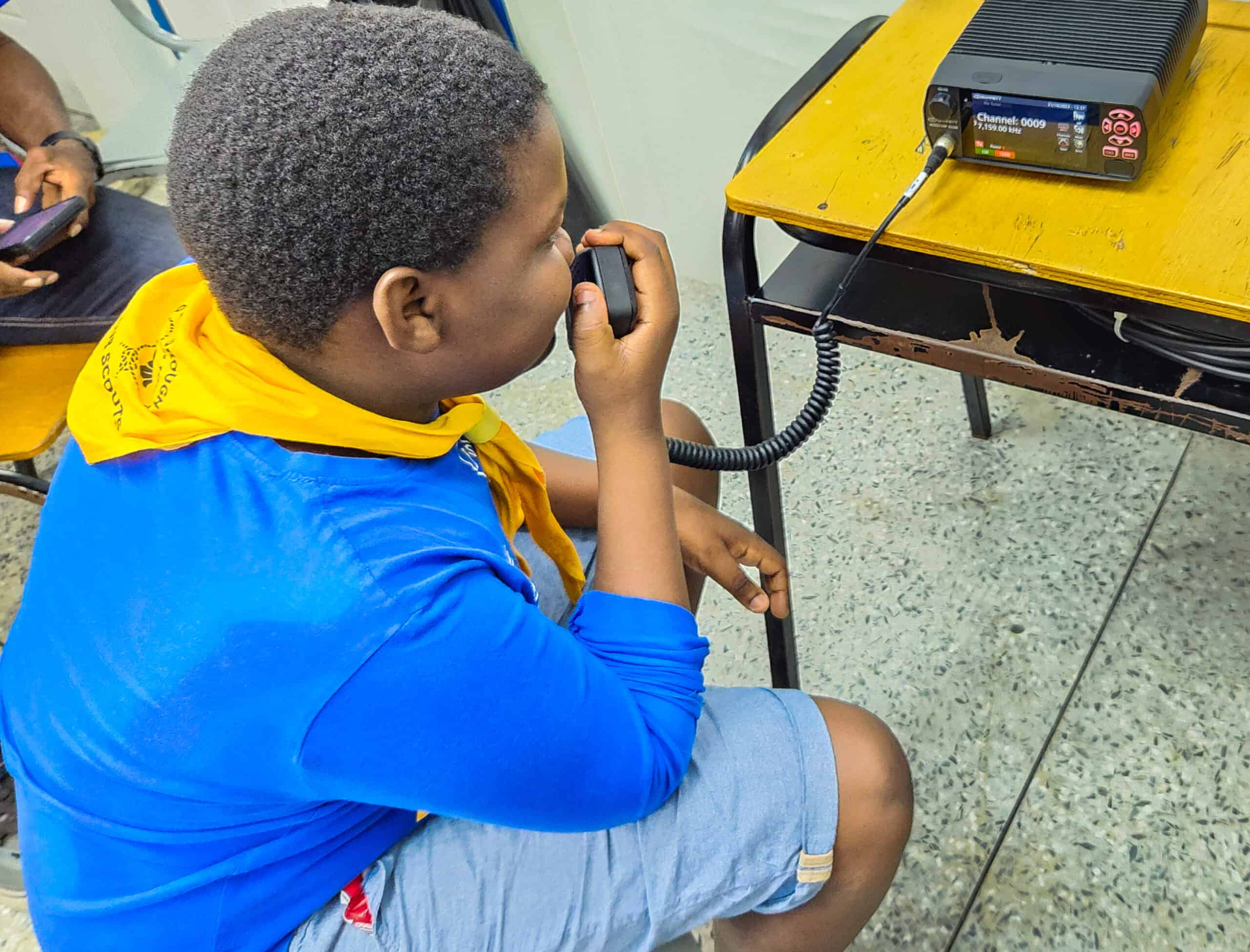
Automatic link establishment in high-frequency (HF) radios means a faster response from emergency management teams and a reduced need for experienced operators.
The disaster management agency in the Caribbean island nation of Tobago is bolstering its emergency response systems. Tight state budgets and the increasing frequency of disasters as a result of climate change have led island officials to search for solutions and improved emergency communication equipment, including HF radios.
Calls for help were answered by Australia-based Barrett Communications, who have donated HF radios, antennas, and state-of-the-art equipment to the Tobago Emergency Management Agency (TEMA).
The tiny island is about 30 miles long and just over 10 miles wide at its longest point, possessing beautiful but rugged terrain. Its geographic location means the island is often hit by droughts, earthquakes, flooding and landslides. Just outside the hurricane belt, Tobago is still occasionally struck by devastating weather events such as Hurricane Ivan in 2004.
Crucially, the United Nations Development Programme has identified small island developing states as those most vulnerable to climate change. As part of this classification, Tobago is vulnerable to temperature increases, changes in precipitation and sea level rises. Other vulnerabilities include rising risks of flooding, increased frequency and intensity of hurricanes, hillside erosion and loss of coastal habitats.
Now, the Tobago Emergency Management Agency (TEMA) is preparing for the likelihood of a rising number of extreme weather events due to climate change.
With an urgent need to modernise its disaster response capabilities, the TEMA team was faced with another hurdle – inadequate state budgets made worse by Covid-19. Tourism is Tobago’s primary economic driver, and the sector fell flat during the pandemic. Budgets assigned to certain teams at the start of the pandemic were reallocated to ensure the island could handle the impact of Covid-19. However, authorities still had to be prepared for other emergencies.
“We still had a responsibility to provide emergency management services and be ready for a meteorological event,” says Allen Stewart, director of TEMA.
Radio networks for emergency response teams
Curtis Roberts, a telecommunications officer at TEMA who also is an experienced radio operator, said that a severe weather event in November 2004 – after Hurricane Ivan struck the island just two months prior – was a turning point in the island’s approach towards emergency management. The storm caused landslides that downed powerlines and disrupted cellular communication. Roads and telecommunication infrastructure was heavily damaged, and the TEMA team relied heavily on HF radio systems during the recovery period. The team began integrating HF radios into their telecommunications plan.
“We knew it was important to create an HF radio network,” says Roberts. Over the past nearly two decades, the TEMA team has worked systematically to implement the best practices, as laid out by the UN. There are additional efforts underway to create an interconnected region-wide radio network across the Caribbean to prepare for future events.
“Now we have to modernise to continue to increase the effectiveness of that sector, and a big part of that is the [radio] automatic link establishment,” says Roberts.
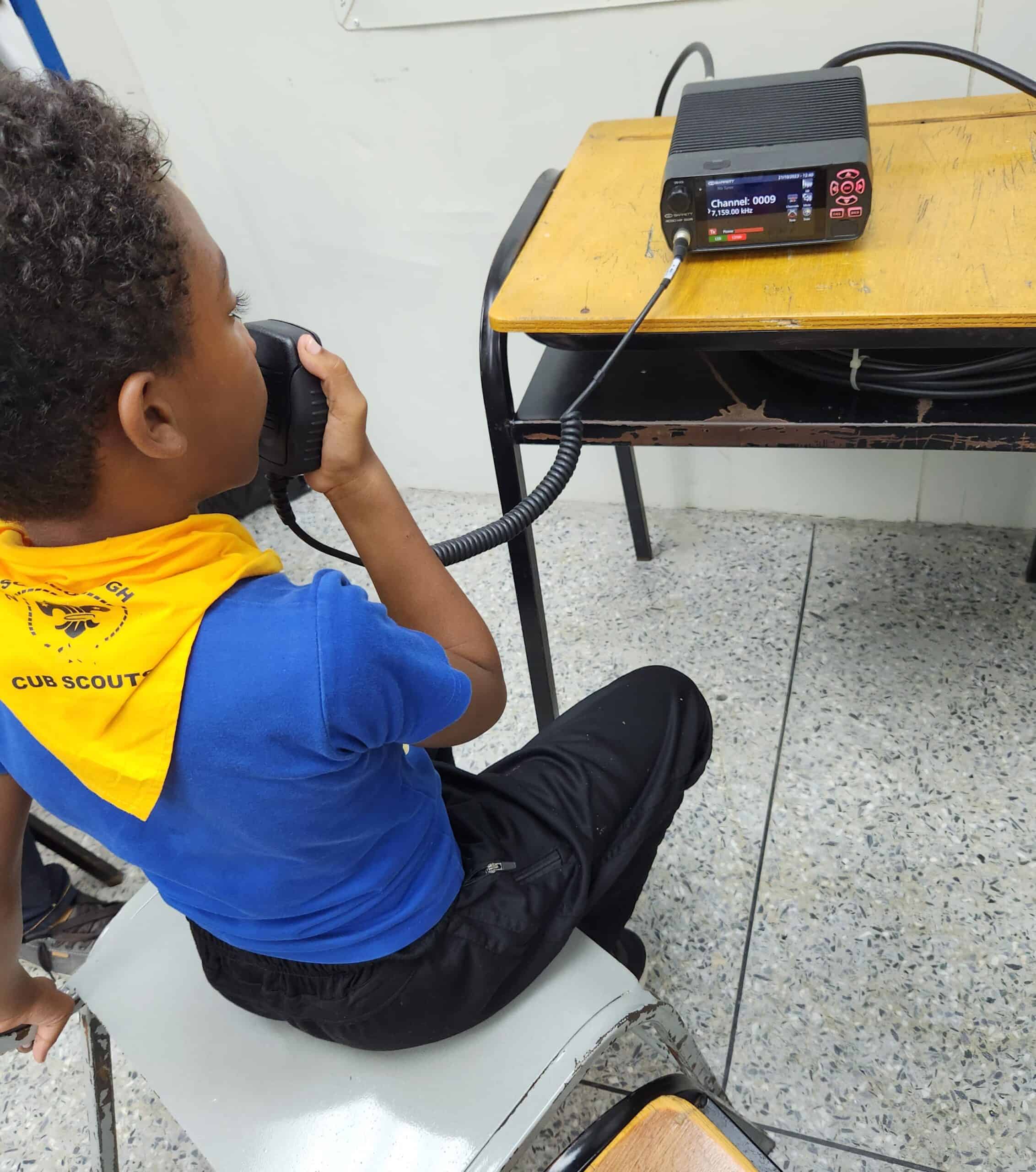
Improving disaster response with robust radio networks
Without automatic link establishment, a trained radio operator has to find the right frequency, involving trial and error, and most crucially – time.
“With the automatic link establishment, it allows us to program about 15 HF frequencies in the Barrett ALE radios, and the radio automatically chooses the right frequency. It takes out the inefficiency and it speeds up the process,” says Roberts.
TEMA is using the 4050 HF SDR Barrett radios that are equipped with this automatic link establishment, which Roberts says ultimately makes his team more effective responders.
He added that the automatic link establishment also removes the need for an experienced radio operator. This means that there’s a bigger pool of people within an organisation who can operate the radio in the event of a disaster.
Explaining how easy the radios are to use, Roberts points to a recent initiative where youth scouts in Tobago teamed up the amateur radio fraternity and used the Barrett 4050 radios, a portable 10M mast and the SWC-100 broadband antenna to communicate with scouts around the world.
Barrett donated 12 HF radios, including two 4050 touchscreen SDR radios, one of which is mounted in a pelican case and equipped for rapid deployment; the other is a base radio. TEMA also received six PRC-2090 radios, two of which can be deployed as manpacks allowing emergency response teams to easily navigate tropical jungles and rugged terrain to reach people in need. The Barrett equipment also means that teams can easily navigate tropical jungles and rugged terrain to reach people in need. Of the four Barrett 2050 radios, two will be used as base radios, allowing for communication with response teams in the field.
“The donation makes us leaders in disaster response communications in this region,” says Stewart.


